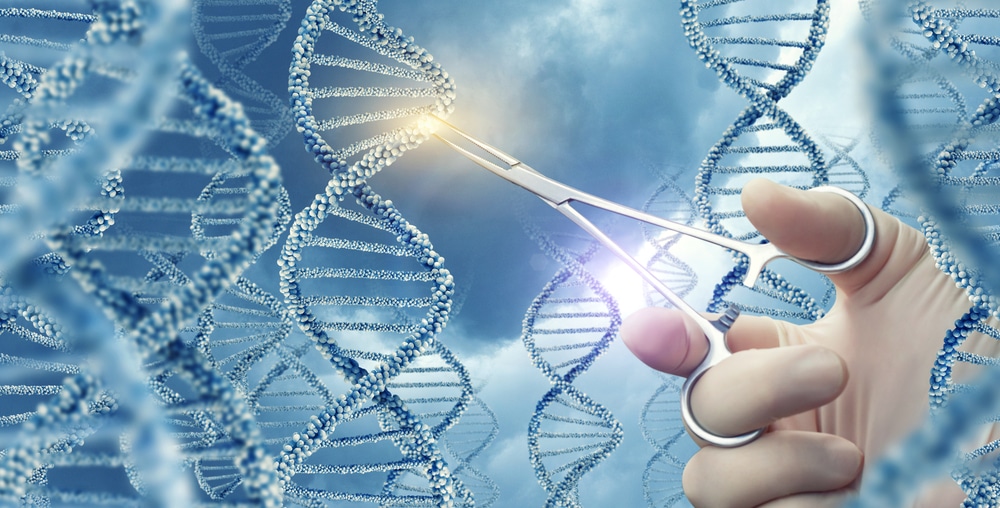Emory University researchers have determined it is possible to reverse Huntington’s disease pathology as well as motor symptoms by disrupting a specific gene in brain cells. Scientists have experienced preliminary success on a mouse model. The hope is that similar results can be obtained with human beings. The findings were recently published in the Journal of Clinical Investigation.
About the Research
Scientists made use of CRISPR/Cas9 gene editing delivered through a viral vector. They snipped a segment of a gene that produces toxic protein aggregates within the brains of mice. Several weeks later, the aggregated proteins nearly disappeared in the position where the vector was applied. The animals’ motor abilities also improved yet not quite to the level of mice in the control group.
Why the Findings Matter
The findings create the possibility to treat Huntington’s disease as well as a number of other inherited neurodegenerative diseases. Additional testing of this gene editing and the consequential long-term effects is necessary. Huntington’s disease occurs with a gene encoding a specific toxic protein that spurs the death of brain cells. Symptoms typically appear in the middle of one’s life. They include mood swings, uncontrollable movements, cognitive difficulties and balance problems.
Though the gene editing approach mentioned above has not yet been applied for the treatment of neurodegenerative diseases in people, it likely will be used once an effective and safe delivery method is identified.
Gene Editing Details
When the scientists planned the gene editing, they chose guide sequences that pinpointed the normal copy as well as the disease-driving version of the huntington gene. This approach is referred to as non-allele specific. It does not require customization to each individual patient’s genome, making it quite unique from other gene editing ideas to treat Huntington’s disease. The research group has already proven that mice beyond four months of age do not require the huntington gene to be healthy. This means treatment strategies that shut off each copy of the gene in humans might be perfectly safe. Such treatments have commenced in clinical studies. These treatments will likely require the regular administration of the drug for gene-silencing. Yet gene editing treatment might prove more durable if it reaches enough cells.
Researchers used a gene therapy vehicle centered on adeno-associated virus (AAV) to move enzymes into brain cells. They injected viral vectors loaded with CRISPR/Cas9 directly into the striatum portion of mice brains in which Huntington disease existed. This occurred when the mice were 9 months old. The striatum portion of the brain is responsible for the control of motor functions and body movement.
A Closer Look at the Results
The procedure outlined above resulted in a considerable decrease in the aggregated mutant huntington within the striatum after three weeks. This study shows that brain cells have the capacity to heal themselves when the genetic source of the harmful proteins is eliminated. The mice injected with CRISPR/Cas9 displayed major improvements on tests for grip strength, balance, and motor control compared to the mice in the control group. However, the mice receiving the injections did not enjoy a recovery to the extent where they performed to the level of mice in the control group.
The researchers addressed concerns about genetic safety by showing that frameshift mutations stimulated by CRISPR/Cas9 occurred mainly in the huntington gene. These mutations did not occur in other off-target genes. Yet the long-ranging safety and effects of injecting AAV directly into the brain for the expression of CRISPR/Cas9 must be extensively tested before the approach is applied to human patients.




